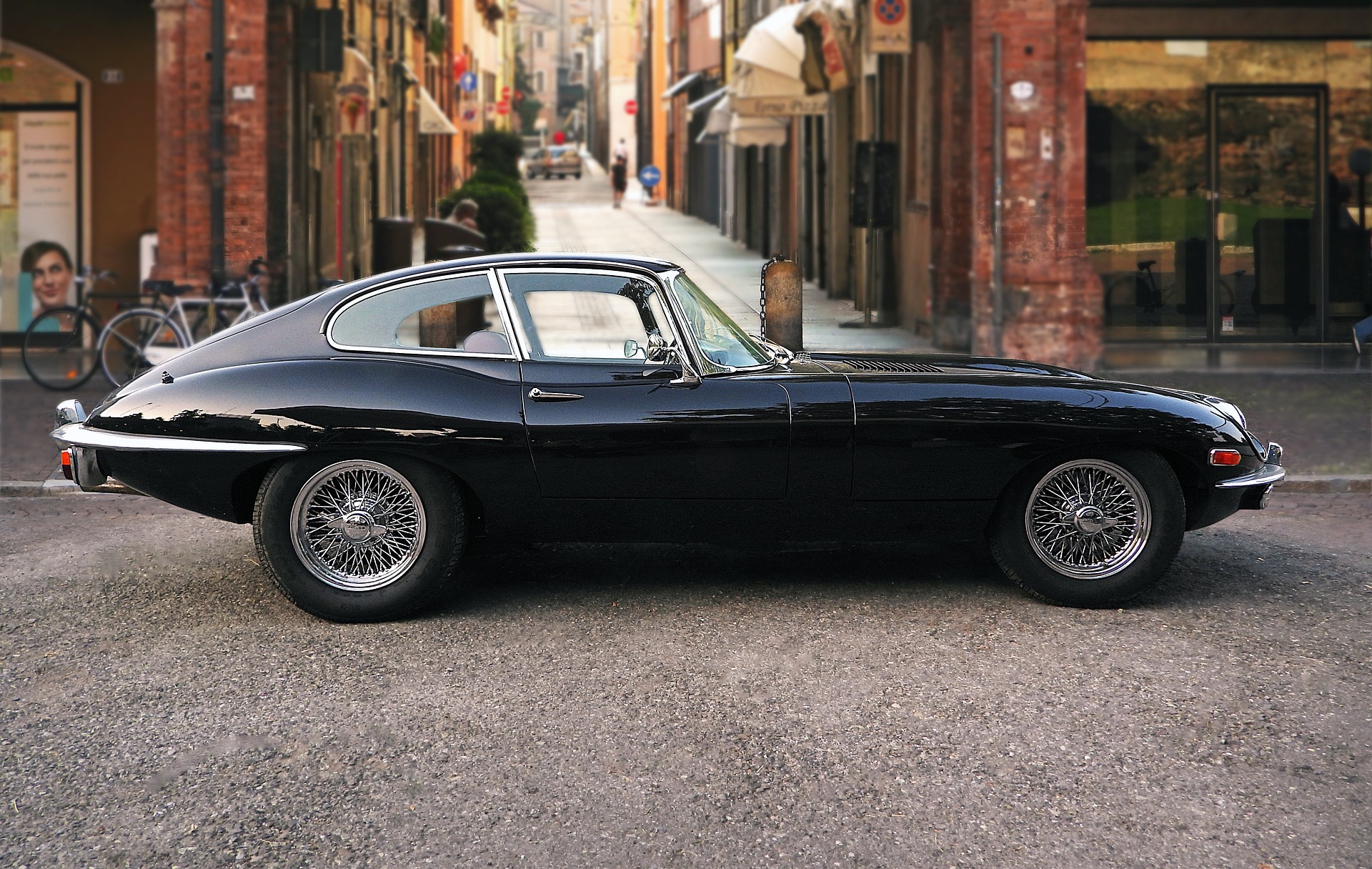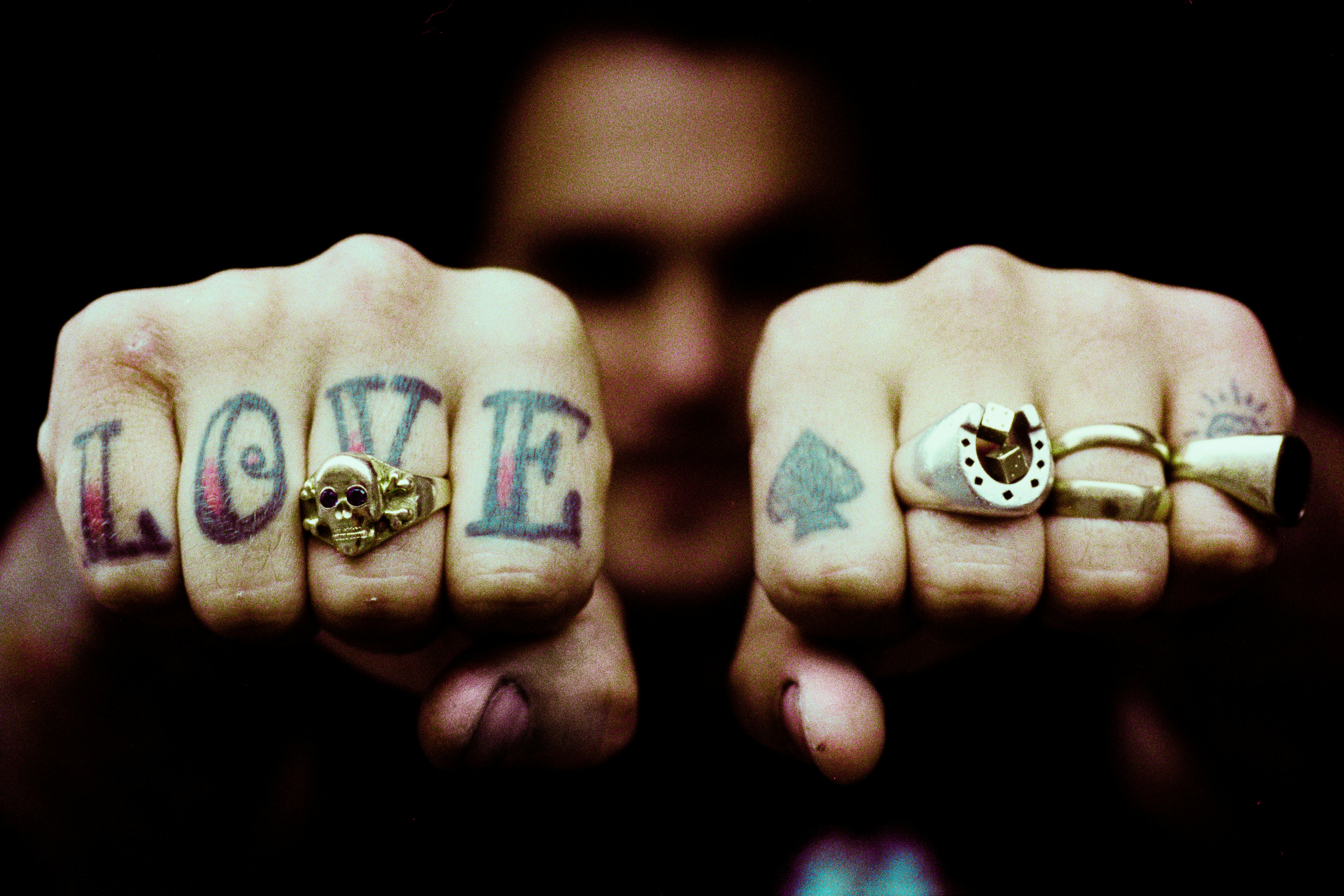Thrilling Shifts: Exploring the Intricate World of Dual-Clutch Transmissions
Introduction: Step into the intriguing world of dual-clutch transmissions. This technology might be the heart of your favorite sports car, delivering lightning-fast gear shifts and an exhilarating driving experience. But how does it work? And what makes it so special? Let's dive into the captivating universe of dual-clutch technology and its impact on our automotive lives.

The Birth and Evolution of Dual-Clutch Transmissions
The origins of the dual-clutch transmission (DCT) can be traced back to the early 1980s. The idea was conceived by Porsche for their racing cars, driven by the need for rapid gear changes without interrupting the power flow to the wheels. They developed a transmission that utilized two separate clutches: one for the odd-numbered gears and another for the even-numbered gears. This allowed the next gear to be preselected, making gear changes almost instantaneous, thus improving acceleration times and overall performance.
Over the years, the technology has evolved and improved, becoming a staple in many high-performance and luxury cars. Today, DCTs offer a perfect blend of the manual transmission’s raw engagement and the automatic transmission’s ease and comfort.
The Mechanics Behind the Magic
At its core, a dual-clutch transmission is an automatic transmission that uses two separate clutches instead of a traditional torque converter. The first clutch controls the odd gears (1, 3, 5, and so on), while the second clutch controls the even gears (2, 4, 6, etc.).
When driving, the DCT pre-selects the next likely gear based on the driver’s behavior. When the time comes to shift, it simply switches from one clutch to the other, resulting in a seamless and ultra-fast gear change. This level of efficiency is what makes DCTs so desirable in high-performance vehicles.
The Impact of Dual-Clutch Transmissions
The introduction of DCTs has revolutionized the automotive industry. It offers a unique combination of efficiency, performance, and driving pleasure that is hard to match.
On the one hand, DCTs offer faster shift times than manual or traditional automatic transmissions, which directly improves a car’s performance. On the other hand, they provide a smoother driving experience, with less noticeable gear changes and no loss of power between shifts.
Challenges and Controversies
Despite their many advantages, DCTs are not without their drawbacks. For one, they are more complex and expensive to manufacture and maintain than traditional transmissions. This often translates to higher vehicle prices and repair costs.
Furthermore, DCTs have been criticized for their driving characteristics at low speeds. Some drivers find them jerky and unrefined when crawling in traffic or during parking maneuvers.
Looking Ahead: The Future of Dual-Clutch Transmissions
The future of DCTs looks promising. With continual advancements in technology, the performance, efficiency, and refinement of these transmissions are likely to further improve.
However, with the rapid rise of electric vehicles, which typically do not require multi-gear transmissions, the future of DCTs may be uncertain. For now, though, they remain a popular choice for those seeking a thrilling and engaging driving experience.
In conclusion, dual-clutch transmissions represent a significant milestone in the evolution of automotive technology. They serve as a testament to the industry’s relentless pursuit of speed, efficiency, and driving pleasure. Despite their challenges, they continue to play a vital role in shaping our automotive experiences and will likely continue to do so for years to come.





